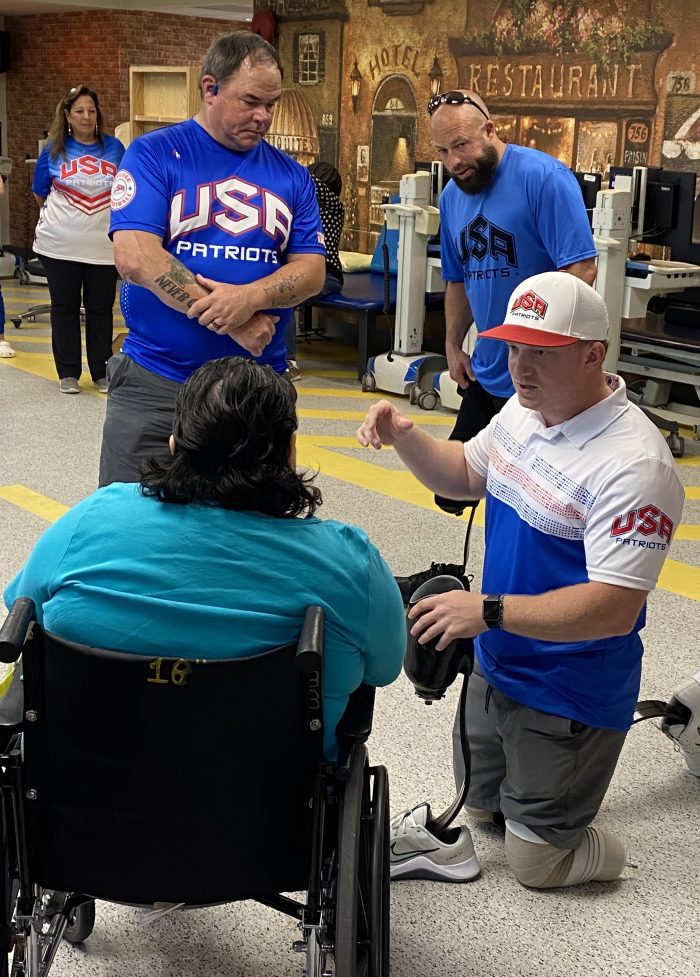By Samantha Rutt
Although your backyard pool or local beach may seem like the perfect oasis, they can also pose significant safety risks. Following decades of decline, the Centers for Disease Control and Prevention reports drowning deaths are on the rise in the United States. Based on a study released on May 14, from 2020-22, over 4,500 people died from drowning each year — 500 more per year compared to 2019.
In all of New York State, Suffolk County holds the third highest rate of drownings at county regulated facilities, sitting only behind New York City and Nassau County, according to data from the New York State Department of Health.
“There was a rescue almost everyday,” former facility manager at the Centereach Pool, Shannon Ryan said. “It is important that everyone knows how to swim, after all, we live on an island surrounded by water.”
Who is most at risk?
Statistics reveal that children and teenagers are most at risk of drowning. The CDC reports that drowning is the leading cause of unintentional injury death for children ages 1-4 and the second leading cause for children ages 5-14.
Young children are particularly vulnerable around residential pools, while older children and teenagers face risks in larger bodies of water such as the ocean or lakes.
Additionally, African American children ages 10-14 are 7.6 times more likely to drown in swimming pools compared to their White peers.
“You may be surprised as to how many people do not know how to swim,” Ryan shared in an interview. “Either not knowing how to swim or oftentimes a parent not paying close attention to their children I’d say is the most common reason we make rescues,” the facility manager said of her experience.
Almost 40 million adults in the United States do not know how to swim and over half have never taken a swimming lesson, according to CDC compiled data.
What to do in an emergent situation
Though not daily, emergent situations at the pool are frequent. If you or someone near you witnesses a swimmer in distress, it is important to notify a lifeguard immediately.
“In an emergency situation it is first that the lifeguard or facility staff activates EAP [emergency action protocol] which involves making necessary whistle codes and assessing the victim for any further medical attention,” Ryan said. “Usually, thankfully, additional care like CPR or rescue breathing is avoided thanks to the in-depth training our guards practice.”
Advice from a lifeguard
Ryan, who has also spent a handful of summers as a senior lifeguard at Cedar West Beach in Mount Sinai, shared some helpful tips for those looking to the waters this season.
“It is important to know how to swim and if you don’t, to take the right precautions by wearing a floatation device or having parental supervision or assistance,” Ryan said.
She emphasized the need to stay hydrated, sunblocked and knowing where help can be found, if needed.
“Especially in the dense heat of the summer, is it important to stay hydrated. We have seen people who are in the sun all day without proper fuel or shade and these are the situations to look out for,” Ryan said. “Wearing sunblock for UV protection and knowing where first aid and all the guard towers can be found are great ways to help protect yourself when you are by the water.”




























